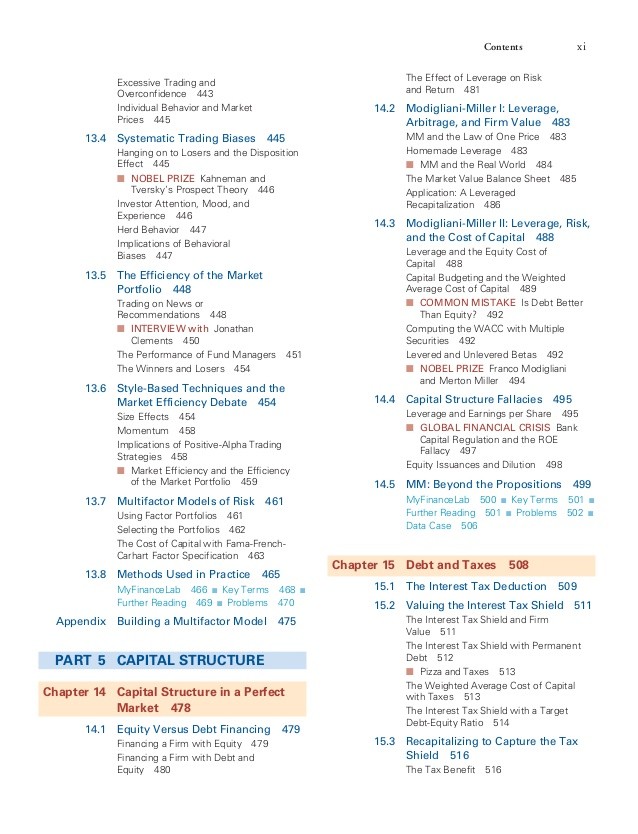Using Arbitrage Pricing As An Asset Pricing Model Finance Essay
Post on: 12 Июнь, 2015 No Comment

Introduction
Arbitrage Pricing Theory (APT) is an appealing model used in financial area. It has been explored and tested through the academic approach and real world evidence. The main purpose of this essay is discussing the advantages and disadvantages of the APT as an asset pricing model. First part is the explanation of the theory. Secondly, the advantages and disadvantages of APT are discussed by comparing to the Capital Asset Pricing Model (CAPM). Last part is the conclusion of the usefulness of APT.
Theory of APT
Arbitrage means the ability to make profit without any risk or investment. For example, if investor find there is mispricing of two portfolios with the same market value. He will go long for the one with higher expected return and go short for the other one. Since no investment is required, investor will create large positions to make super profit.
APT predicts the relationship of expected return and risk under no-arbitrage condition. The one factor security market line (SML) can be shown as CAPM SML.
bod30611_1004
The Security Market Line(Zvi Bodie, 2009, P 329)
For well-diversified portfolios, the nonsystematic risk is negligible because of the effect of diversification. The equation is simply:
rP = E (rP) + βPF + eP
E(rp) is the expected value of portfolio. F is the macroeconomic factor and β is the sensitivity of portfolio return changes with the macro factor. In market equilibrium, well-diversified portfolios with the same betas must have equal expected returns. For portfolios with different betas, their risk premium must be proportional to beta. Otherwise, arbitrage opportunities arise. Unlike the risk-return dominance argument like CAPM, it will only be a few investors take as large a position as possible and the equilibrium restore quickly. CAPM has similar usage of APT and expressed in equation:
E(ri)= rf +βi[E(rM) — rf]
The more comparison of the two models is discussed in next part.
The multifactor APT was developed later as people pointed out that not only one factor has impact on stock return. Fama and French’s introduced the three factor model:
The return of portfolio are affect by the market portfolio risk premium, the difference of portfolio returns of small stocks from returns of large stocks(SMB), the difference of portfolio returns of high B/M stocks from that of low ones(HML) and the nonsystematic risk ε. Other multifactor models have been developed as well with variety factors.

The advantages and disadvantages
APT is used to find the cost of capital, security valuation and evaluate the performance of stocks which has similar usage as CAPM. However, CAPM account the only risk comes from the market portfolio, APT is emphasis on the factor risks which are unable to diversify.
Fama and French(1996) found that the anomalies which cannot explained by the CAPM largely disappear in their three-factor model we mentioned before. The anomalies include not only the size and book to market equity (B/M), but also earnings to price ratio (E/P), cash flow to price ratio(C/P) and so on. Lakonishon, Shleifer, and Vishny test (LSV) shows that B/M, E/P and C/P have strong positive relationship with future return, while past sales growth negatively related to it. The intercept of average return and the positive related ratio to return are close to zero under the good performance of three-factor model. In contract, according to the spanning test, the error for portfolio of high B/M is 0.46 percent per month in CAPM. There are other errors exist in portfolio of low B/M and small stock portfolio which lead to mispricing by using CAPM.
The three-factor model can explain the long-term past return but not short-term one. Follow the study of DeBondt and Thaler(1985), Long-term past returns have negative relationship with future returns. Arguments of Three-factor model like LSV and Haugen pointed out the reversal effect which resulted from overreaction of investors. The distress premium is irrational because firms with high or low B/M have the close return variance. Therefore, HML or any other variation in a return is not highly correlated with market return. Fama and French explained that it is caused by the non-market factors lead to common stock factors in returns. The three-factor model is valuable under their explanation.
APT is not only explain the expected returns in an advantage way, but also be well used in strategic portfolio planning. To make the structuring decision, APT provides an advantage way to exam the sensitivity of each asset to systematic risk. However, it is unclear which factor should be take account in the multifactor APT. Chan, Roll and Ross (1986) selected several economic factors, to test their impact on stock return. They found that the economic state variables are significant factors that influence the stock return, especially the percentage change in industry production (IP). Other macro factors like expected inflation (EI), unanticipated inflation (UI) also affect the return but in weak extent. Therefore, people can choose the most desirable exposure to systematic economic risks and make structuring decision. Under CAPM, people will choose or get closer to the optimize one by the mean-variance efficient. It cannot be hold as even portfolios with the same expected return may formed by various types of risks. The choice of portfolios is broad and depends on the investment decision.
To implement the strategy, ‘active APT’ can evaluate the investment managers to achieve target. For example, if the strategy desire beta 2 for a particular macro factor, then company can compare the betas of their portfolios and arrange the fund between managers. Furthermore, APT can solve the problem of constrained choices of investment. People can choose appropriate portfolios by estimating the factor risk of particular sector. These are unable to achieve by CAPM or traditional pricing model.
Conclusion
APT provides an advantage way to measure the expected return of portfolio by focus on the risk of macro factors under no-arbitrage condition. It is able to explain many anomalies which CAPM cannot. Therefore, it is widely used in financial area like strategic portfolio planning and it may more suit for the large amount of fund. Although, CAPM is not totally replaced by APT. Under the assumption of no-arbitrage condition, APT expresses the expected return-beta relationship for all well diversified portfolios but not all individual assets. Therefore, CAPM is still useful as it implies the relationship for all securities. Furthermore, it is difficult to look for the factors in multifactor APT because of lack of guidance. There is no a single model is able to explain everything. Further development is needed for better predict and evaluation in financial section.














